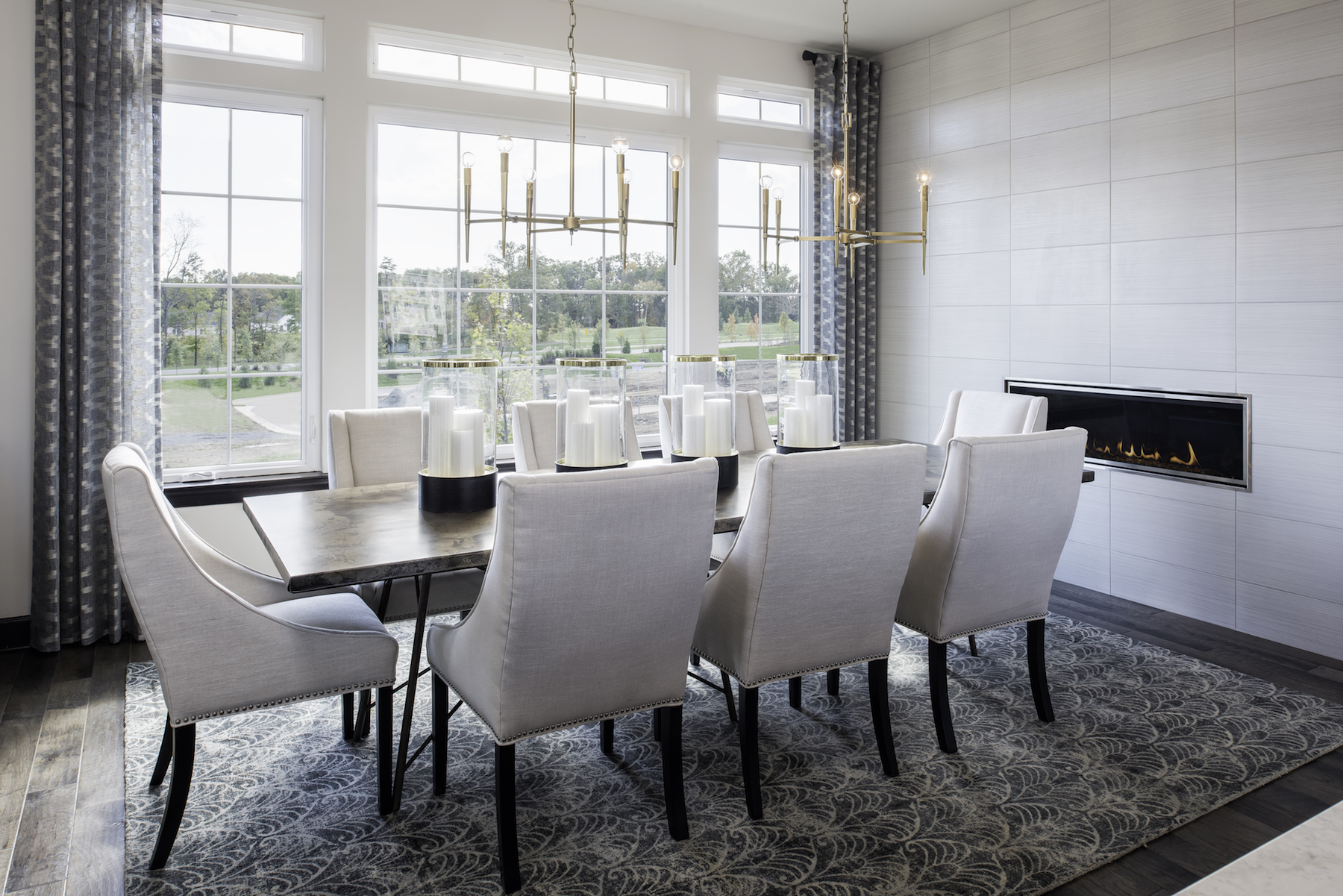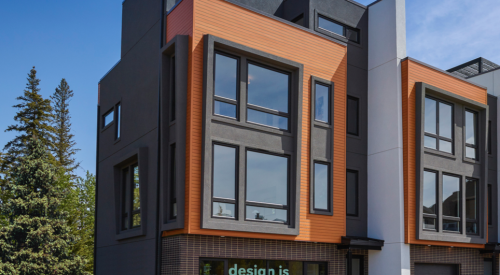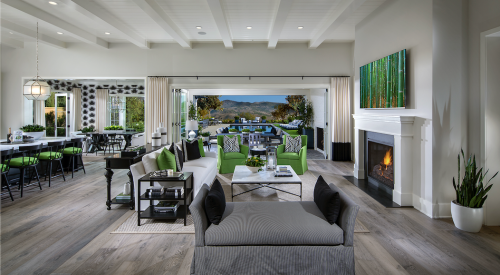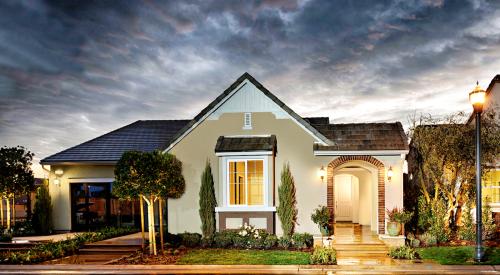Customization ≠ Complicated
In the last few years, we’ve seen a seismic shift in buyer expectation. Today’s consumer often bypasses mass-produced commodities in exchange for artisan products, fixtures and features. Thanks to the HGTV phenomenon and saturation of home improvement shows, many buyers expect luxe features, such as hardwoods on every floor and granite or quartz countertops, to come standard at all price points. While the price tag of such features is above the norm, consumers crave customization and want to put their individual stamp on their home’s design. More importantly, today’s buyer wants customization to be a simplified and seamless process. Finding the balance in offering custom options and providing a simplified process for doing so allows homebuyers to add personal touches to their home without the extra stress of sifting through seemingly endless choices.
Up Is Out and Out Is In
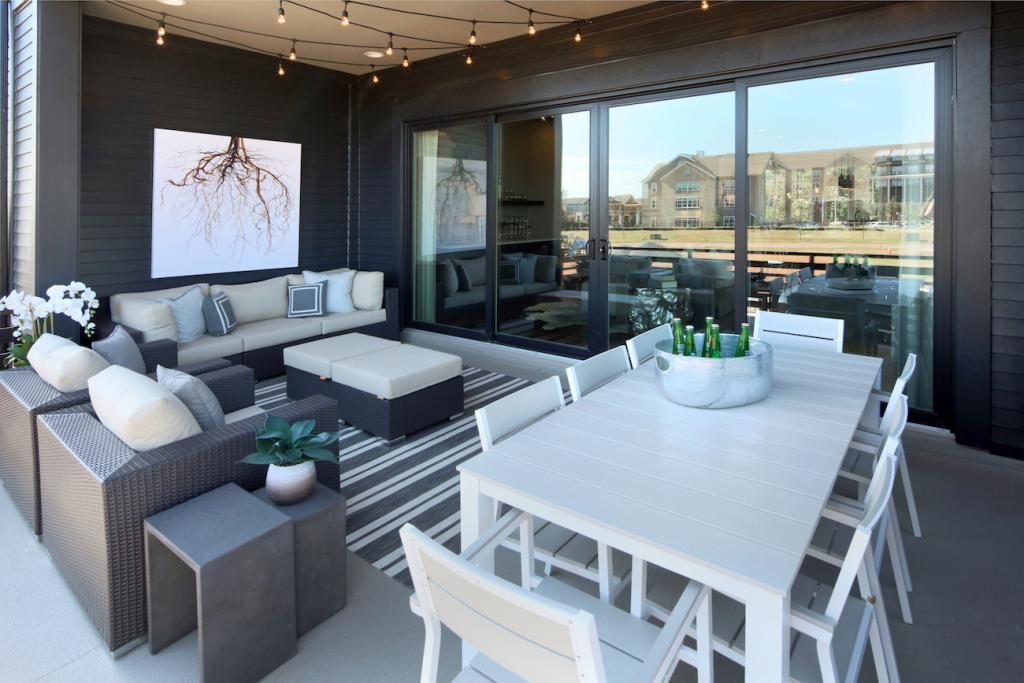
Whether you’re a Baby Boomer or a Millennial, open floor plans still reign supreme with less formal home spaces giving way to comfort being king next year. However, an aging market is shying away from using the stairs for access to outdoor rooftop terrace options. In the mid-Atlantic markets, we will see homebuyers gravitate toward three-season, outdoor entertainment spaces on the main level to include screened-in porches and decks.
Bold, Gold, Bright, and Light in 2019
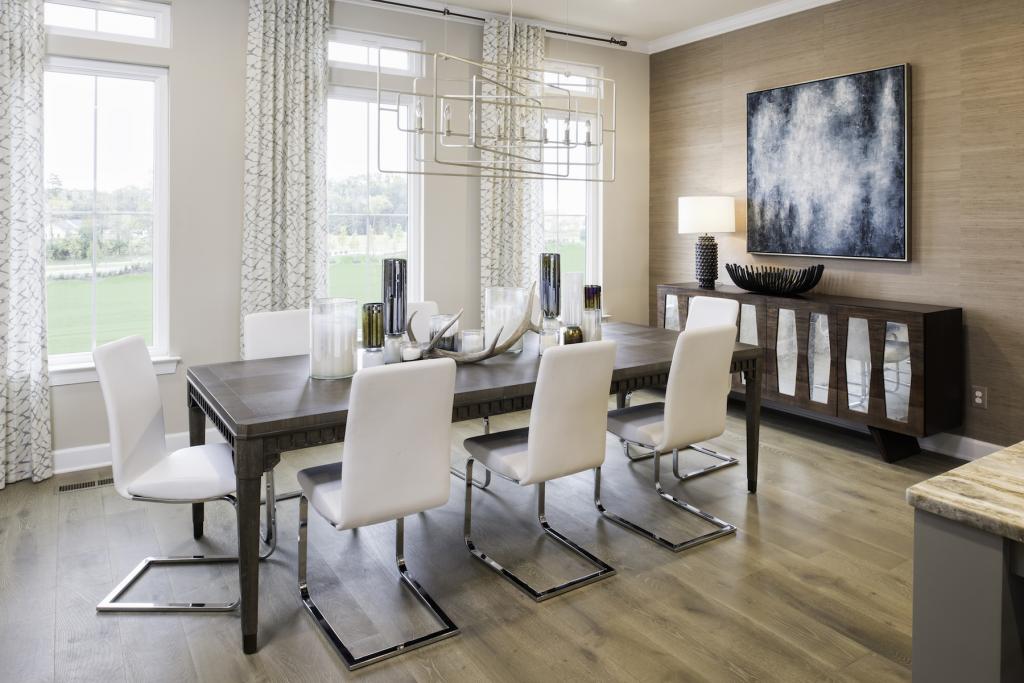
While whitewashed minimalism had its moment in 2018, artisan colors and creativity in materials will set homes apart in 2019. Bold, colored cabinets will take hold next year along with a more eclectic, transitional style in interior design. Many are rethinking traditional and bridging the gap between old and new. Those who prefer classical elegance can celebrate that the “old-new” movement and transitional design is here to stay. Metallics, such as gold, bronze and chrome are also making quite a comeback as designers mirror today’s jewelry fashion trends in mixing metals. Hardwood flooring is set to evolve in 2019, with lighter, more natural colors ebbing out the once-popular espresso shades. Additionally, engineered vinyl plank (EVP) flooring is also gaining market acceptance from entry level to luxury homebuyers with its durability and realistic hardwood look and feel.
Move Over Millennials, Gen Z Is on Deck
Millennials have taken the main stage as one of the largest homebuyer cohorts, but experts anticipate Generation Z (Gen Z) is now waiting in the wings. While still in their late teens to early 20’s, the growing cohort is not expected to enter the homebuyer market for another five years. However, many are monitoring the buying behaviors and preferences of Gen Z, before they enter the housing market in full force. Here’s what we know of the first generation born into a truly digital age: Gen Z is even more adept with technology, meaning technological home integration will be an essential ingredient for successful product lines. Furthermore, advertising and the process of homebuying will be more focused on digital interfaces rather than face-to-face interactions with a sales team. Lastly, Gen Z is known to rely heavily on the advice of their Baby Boomer and Gen X parents. That said, many anticipate such cohorts will continue involvement in Gen Z’s homebuying purchase decisions. For 2019, homebuilders will continue focusing on Millennials as they are getting married, having children, moving from their rentals and buying their first homes. Many Millennials have significant incomes to afford homes but lack the savings for a down payment. Financing education is key to this group in addition to supporting the latest technology and gadgets.
Flexibility Is Key
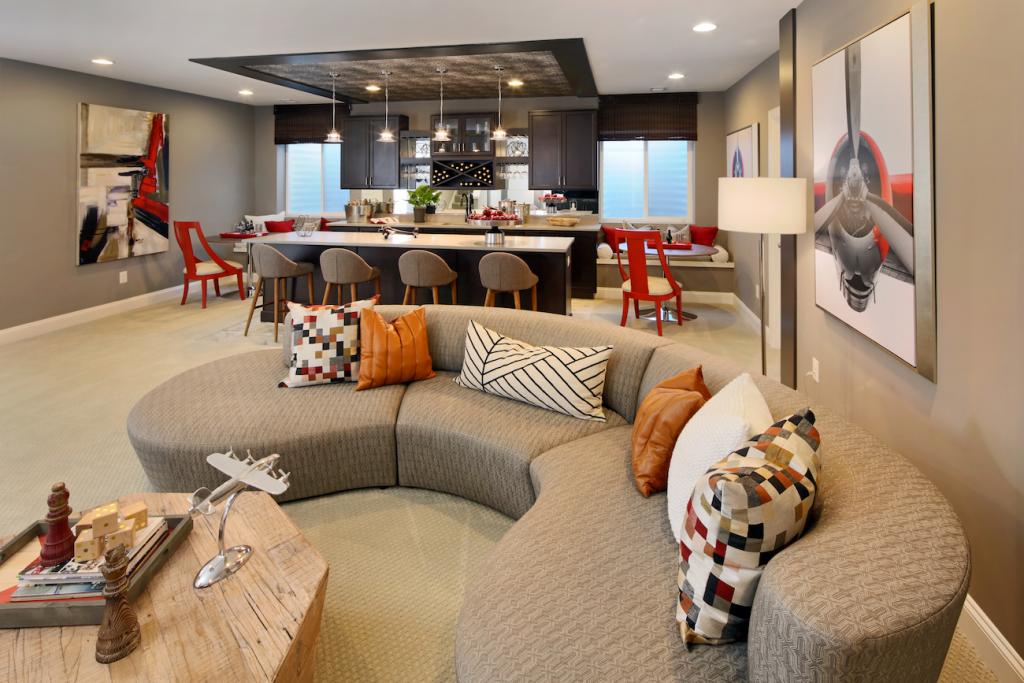
Moving into 2019, homebuyers desire flexibility above all else – not only in home design but also in their schedules. Specifically, consumers are turning to floor plans that allow plug & play for different concepts while accommodating multiple life and family stages. Today’s buyer also wants more flexibility on when they can visit model homes. They are looking for builders to fit their busy schedules rather than the other way around. Some builders, including Miller & Smith, are considering programs and technology that allow potential buyers to visit models anytime outside of the “manned hours” of 11:00 a.m. to 6:00 p.m. “Unmanned Model Visits” would involve installing cameras for security and collecting buyer identification and credit card information in exchange for a key code to open the door to the model.
New Is Now
While the charm of an older home is often enticing, the need for evolving technology, durability in design and desire for home automation and connectivity, points to new builds as the superior investment for overall cost effectiveness, energy efficiency and longevity. A new home purchase sets up a buyer for cost-effective tech adaptation and accessibility for all stages of life, including evergreen design and prime locations that are rapidly improving with transportation hubs and mixed-use retail.
Kimberly N. Ambrose
Vice President, Marketing
Kim Ambrose joined Miller & Smith in 2007 and is responsible for all corporate marketing activities. As a vice president, Kim spearheads all marketing efforts for Miller & Smith’s residential division and many of its land development projects. These activities include advertising, public relations, market research and model home merchandising. Kim manages an annual budget in excess of $1.5 million. She earned a Bachelor of Science degree in Marketing from The Pennsylvania State University and brings a wealth of real estate marketing experience to Miller & Smith. Previously, Kim served as the Regional Marketing Manager of TERRABROOK/Newland Communities and Vice President of Operations of Newland Communities. Kim also has extensive experience as a marketing and research analyst for commercial and residential real estate companies.
Patricia A. Wynkoop
Vice President, Product Development & Purchasing
As vice president of product development and purchasing, Patricia Wynkoop is responsible for leading and managing the organization in its architectural design, product development, and purchasing efforts. Patricia’s expertise lies in evaluating all designs relative to costs and market position, as well as cultivating and maintaining relationships with architects, engineers, local jurisdiction officials, vendors, and manufacturers. She holds a Bachelor of Science degree in Architecture from the University of Maryland and completed the Harvard Business School Executive Leadership Program. Patricia is a valued member of Miller & Smith’s team with over 21 years of experience in residential architecture, construction, and project management.
